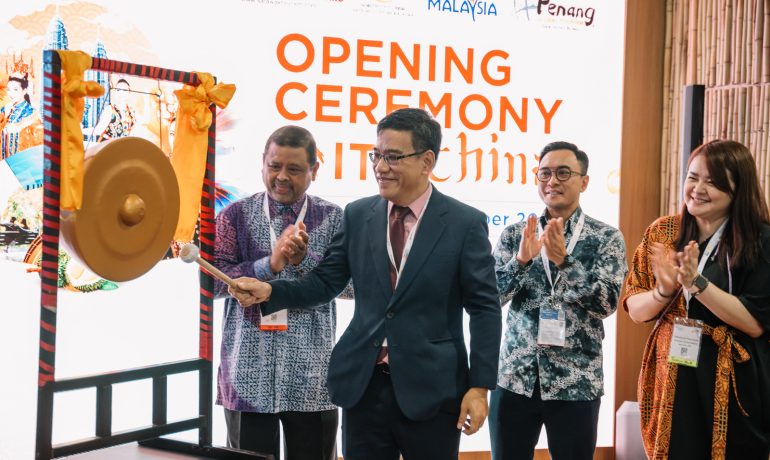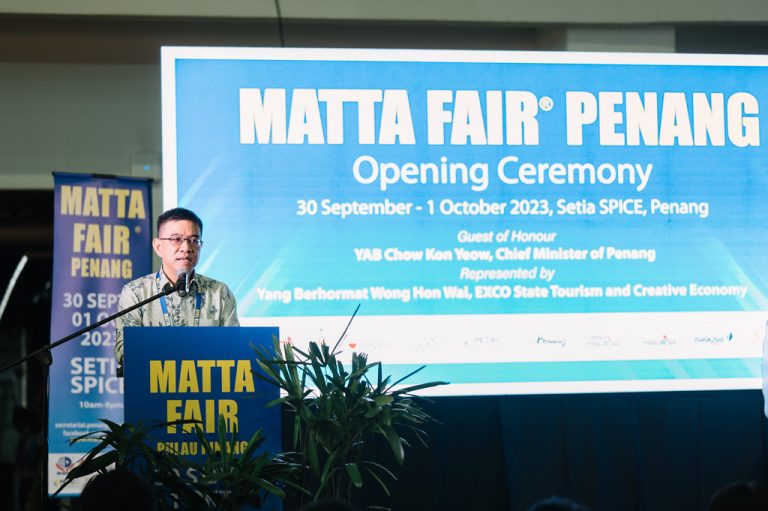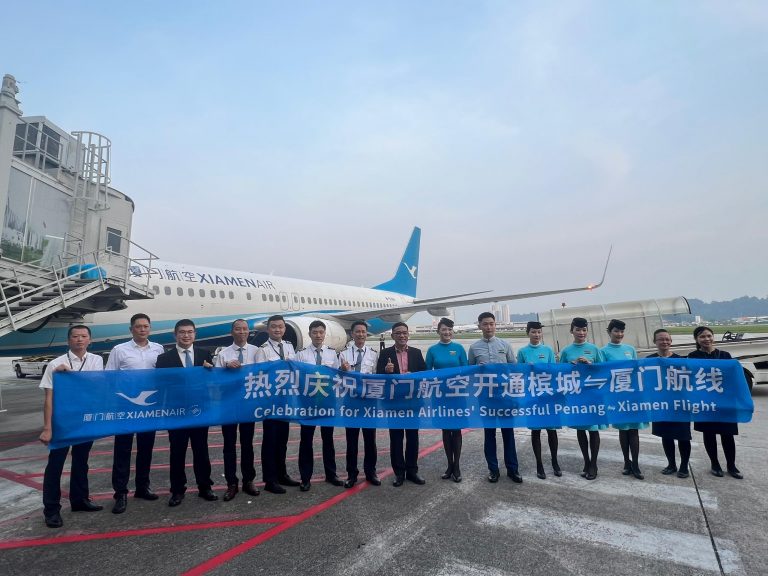It’s been five years since the Penang2030 masterplan. Time for a health check.
By Lim Wan Phing
In August 2018, the Penang government launched a 12-year masterplan for the state economy. Known as Penang2030, this plan includes growing the state’s creative economy, which affects all arts practitioners on the island and the mainland. As the year comes to a close, we’re taking stock of what’s been implemented since 2018, where we’re at today, and how to move forward for the future.
But first…let’s begin by defining the creative economy.
What is the creative economy?
The “creative economy” is income generated from creative assets like art, media, design, heritage, and architecture to a country’s economic growth and development. According to the United Nations, it is an evolving concept that intersects economic, cultural, and social aspects with technology, intellectual property (IP), and tourism objectives.
Enter PETACE, which stands for Penang Tourism and Creative Economy. It’s the portfolio currently held by Penang State Executive Council (EXCO) Member YB Wong Hon Wai. YB Wong took on this role from YB Yeoh Soon Hin after the July 2023 state elections, and took time out of his busy schedule to share with Penang Art District (PAD) his hopes and vision for rejuvenating Penang’s creative economy.
What’s happened in the past five years?
YB Yeoh Soon Hin, who held the post since 2018, guided Penang’s tourism industry through a turbulent time: from launching an “Experience Penang Year 2020” campaign that went straight into the Covid-19 pandemic, to pivoting quickly into digital arts that could transcend borders.
ARmenian Park, Malaysia’s first augmented reality park, was one of those art-technology initiatives, along with Penang VR, a partnership with Google to produce close-up views of Penang’s tourist destinations. YB Yeoh also digitalised Penang’s hotel fee system, simplifying data collection and analysis of tourist arrivals to the state.
Where are we today in 2023?
The Penang2030 masterplan outlines key objectives and specific metrics for the creative economy. They fall under two overarching strategies:
- Pillar A4: Diversify Recreation, Sports and Arts Facilities by investing in museums and galleries.
- Pillar B4: Foster an ecosystem that nurtures creative industries and niche business services by developing talents, attracting skilled Penangites back, and incentivising start-ups and social enterprises.
The masterplan sets specific targets, like “Double the number of community-based arts/cultural productions”, to see “50% of creative start-ups in Penang continue operating for three years”, and to “increase the creative economy’s GDP contribution from less than 1% to 5%”.
Penang is currently at the halfway mark of this 12-year masterplan, and data is scarce in order to check how we’re faring against these objectives. With the pandemic throwing a spanner into the works, things may seem even gloomier. However, every cloud has a silver lining.
Time to get back on our feet
The rapid digitalisation for individuals and organisations due to Covid means that Penang creatives are now better equipped to bring their art to the world—and the world to their art. YB Wong, previously Penang EXCO for Town, Housing and Arts from 2008–2013, agrees.
“Ten years ago, there were limited platforms to showcase one’s artwork,” said YB Wong, who helped to launch the first George Town Festival in 2010 and commissioned the first street art mural ‘Two Children on a Bicycle’ by Ernest Zacharevic. “But we’re now living in the digital age and art can be produced from anywhere in the world.”
YB Wong is keen to emphasise that even as individual artists play their part in upskilling, experimenting, and being resilient in producing new works, the state government is also playing theirs to provide the platform and help nurture artists onto the world stage.
“During Covid, art events may have died down, but artists did not. They continued to flourish, ventured into new areas, and moved their works to the online realm.” His office is working closely with the Federal Government to tap into bigger resources and more synergy to organise programmes.
He cites as an example the recent Festival Teater Tradisional Utara at Sia Boey Urban Archaeological Park in September 2023, which happened as a result of working with MOTAC (Ministry of Tourism, Arts and Culture), Tourism Malaysia, and organisations like Jabatan Kebudayaan dan Kesenian Negara (JKKN) and Balai Seni Negara.
What are the plans for 2024?
For the coming year, YB Wong’s office will be in “expansion mode”. Through Penang Art District, it is looking to reactivate and rejuvenate the arts scene, support all art forms (visual, performance, literature, films) to work together and not in silos, and most importantly, elevate the arts standard to international levels.
“Penang is rich in artistic talent and we need to be seen on the world stage,” he said. “Our artistic expressions can appeal to all of corners of the world as we are a multi-racial, multi-lingual society. This is our strength and we should capitalise on this.”
Using the exemplary success of Penang as a manufacturing hub, he explained that Penang could someday be the country’s leader in all things art. Said YB Wong: “Right now, we are striving to be the artistic hub in Malaysia, and hopefully one day, in Southeast Asia.”
And strive we must, continuing to intersect arts, culture, and history with technology, tourism, and the wider economy. Here at PAD, we congratulate YB Wong on his new term and look forward to elevating Penang art onto the global stage.
Wan Phing is a Penang writer with a short story collection ‘Two Figures in a Car’ published by Penguin SEA.




